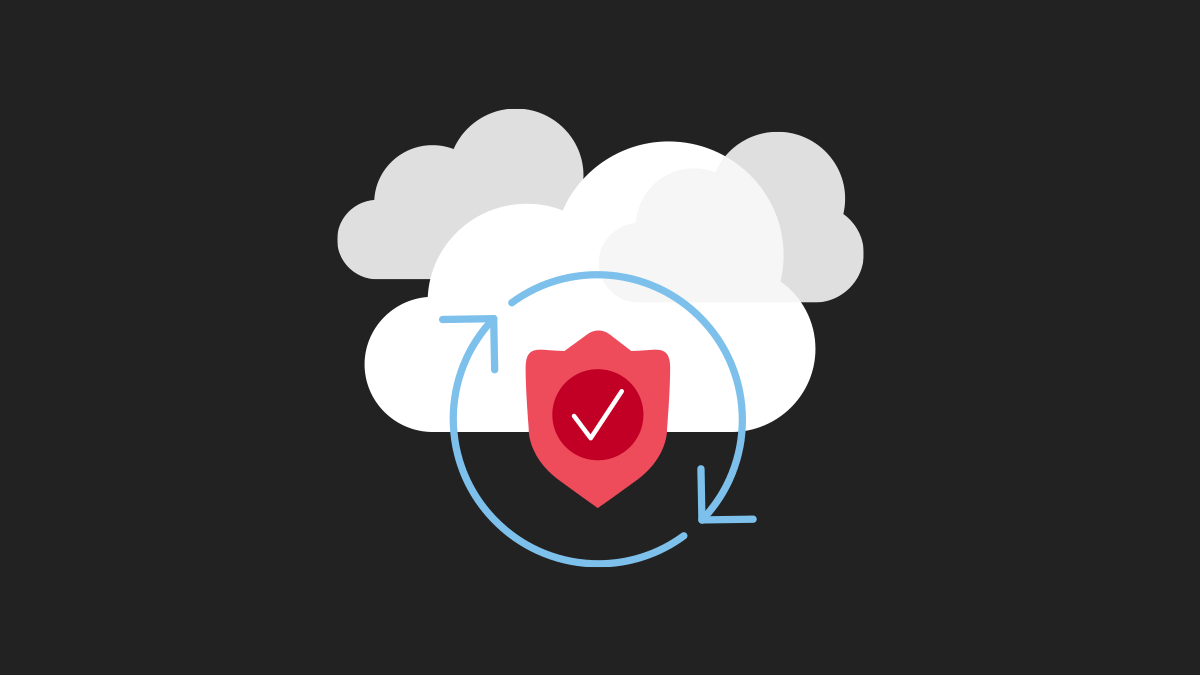What Is Multi-Cloud Network Architecture?
A multi-cloud network architecture helps organizations achieve greater resilience, agility, and cost efficiency.
Multi-Cloud Network Architecture: What You Need to Consider
Multi-cloud network architecture is a type of network infrastructure that spans multiple cloud computing platforms and uses services from multiple cloud providers to meet an organization’s computing and data processing needs.
A multi-cloud network architecture enables an organization to leverage the strengths of different cloud providers to optimize their workloads, improve performance, reduce latency, and ensure availability. It also allows organizations to optimize costs by selecting the most cost-effective cloud services and pricing models from different providers. Additionally, a multi-cloud network architecture can mitigate the risk of downtime caused by a single point of failure.
A multi-cloud network architecture is inherently complex, as it involves managing services from different cloud providers, each with their own management interfaces, APIs, and security models. This model can be challenging for organizations to set up and maintain, and managing security policies consistently across multiple clouds is especially complex as it is difficult to gain end-to-end visibility across clouds and vendors to ascertain compliance and effectively manage the security posture.
The Layers of a Multi Cloud Network Architecture
A multi-cloud network architecture leverages the advantages of multiple cloud service providers, and could involve using Amazon Web Services (AWS), Microsoft Azure, and Google Cloud Platform (GCP) to host different parts of an application.
For instance, an organization could use AWS to host their web applications and use Azure for their data storage needs. They could also use GCP for machine learning and analytics purposes. In such a scenario, the organization would need to ensure that the various cloud services are integrated seamlessly so that the application runs smoothly no matter where it is hosted.
To achieve this, the organization might use a combination of technologies such as virtual private networks (VPNs), load balancers, and software-defined networking (SDN) to connect the various cloud services. They may also use cloud orchestration tools such as Kubernetes to manage the different cloud environments and ensure that they are operating efficiently.
Organizations will also likely deploy a variety of security services including network firewall, anti-DDoS, and web application firewall.
Multi-cloud network architecture has four distinct operational layers: the cloud core, and the security, access, and operations layers.
Cloud Core
This layer is the foundation of a multi-cloud network architecture and includes the cloud services offered by various cloud service providers, such as compute, storage, and database services. The cloud core layer typically consists of a set of shared services and tools that enable the integration, orchestration, and management of multiple cloud environments. These services and tools provide the necessary abstraction and automation to ensure that the different cloud services work seamlessly together.
Some examples of the services and tools that are part of the cloud core layer include:
- Cloud orchestration tools such as Kubernetes or OpenShift, which provide a unified platform for managing the different cloud environments.
- Network virtualization technologies such as VPNs and SDN that enable the creation of virtual networks that span multiple cloud service providers.
- Identity and access management (IAM) systems that provide secure access to various cloud resources.
- Service management and monitoring tools that enable the tracking of the different cloud services and their performance.
The cloud core also provides a common data plane by supporting native cloud constructs and APIs, and offers the visibility and control required to optimize the multi-cloud network.
Within the cloud core are two sub-layers:
Application Layer
The application layer of the cloud core contains the business-critical applications and services that are essential for the organization's operations.
The applications layer interacts with the cloud core layer and other layers in the multi-cloud architecture to ensure that the applications and services are deployed and run efficiently across the different cloud environments. This layer is responsible for abstracting the underlying infrastructure and providing a consistent interface to the users and other components of the system. Services and business logic at the application layer can deliver functions like authentication, authorization, and interactivity. This layer can also expose a set of APIs and serves data in response to requests from clients.
Global Transit Layer
The global transit layer provides connectivity and enables traffic to flow between different cloud regions, cloud service providers, and on-premises data centers.
The global transit layer serves as a central hub for managing traffic across the multi-cloud environment. It provides a central point of control for managing network policies, routing rules, and security policies across multiple cloud providers.
One of the key characteristics of the global transit layer is that it simplifies the management and configuration of network traffic by providing a single, consistent interface for managing traffic across the multi-cloud environment. This helps to reduce the complexity of managing multiple network connections and configurations across different cloud providers.
Security Layer
The security layer refers to the security measures and policies that are implemented to protect the multi-cloud infrastructure and applications from potential threats and attacks. It includes the security mechanisms such as web application firewalls, encryption and decryption services, anti-DDoS protection, IAM solutions, and security policies that are implemented to secure the cloud resources and the data they store. It also contains the compliance management tools that help organizations meet regulatory requirements and industry standards for data security and privacy.
Access Layer
The access layer connects users and devices, including employees, partners, customers, branch offices and legacy data centers, with secure access to the applications and services deployed in the multi-cloud environment. This layer is responsible for managing and securing user authentication and authorization, as well as ensuring the integrity of data that is transmitted between users and cloud resources.
The access layer typically includes network switches, routers, and wireless access points that enable end-users to connect to the network and access cloud resources. In a multi-cloud environment, the access layer may also include components that enable traffic routing and load balancing across different cloud providers to optimize performance and ensure high availability.
Operations
The operations layer of a multi-cloud network architecture is responsible for managing and maintaining the various cloud services and resources within the environment. This layer includes tools, technologies, and processes that enable IT teams to monitor, manage, and optimize the performance, availability, and security of the multi-cloud infrastructure.
The operations layer typically includes various management and orchestration tools, such as cloud management platforms, that enable IT teams to automate the deployment and management of applications and workloads across multiple cloud providers. It also includes monitoring and analytics tools that provide real-time visibility into the performance and availability of the multi-cloud environment, enabling IT teams to quickly identify and resolve issues.
Benefits of Multi-Cloud Architecture
Benefits of a multi-cloud network architecture include:
- Increased flexibility, as a multi-cloud architecture allows organizations to choose the best tools and services from a range of cloud providers, rather than being limited by a single vendor's offerings.
- Improved reliability, as organizations can distribute their workloads across multiple systems and reduce the risk of downtime caused by a single cloud provider outage.
- Cost efficiency, as organizations can optimize their spending by taking advantage of pricing differences between cloud providers, potentially reducing overall cloud infrastructure costs and reducing the risk of vendor lock-in.
- Meeting compliance requirements, as organizations can meet stringent data privacy and data sovereignty requirements, such as the EU’s General Data Protection Regulation (GDPR)—which require customer data to be stored in specific locations—without having to build and manage their own on-premises data centers.
- Geographic reach, as organizations can use geographically dispersed cloud providers to place their data and applications closer to their users, allowing for faster response times and improved user experiences.
How F5 Can Help
A multi-cloud network architecture allows organizations to deploy apps on public and private clouds and edge sites that best suit their business objectives and application needs. It provides the flexibility to match specific features and capabilities to optimize workloads in the cloud based on factors like latency, performance, reliability, geographical location, and security and compliance requirements. This approach enables companies to better support their business, technology, and service reliability requirements, while mitigating over reliance on a single-cloud provider that might not have all the native tools to meet organizational requirements.
F5 multi-cloud networking services help organizations achieve operational simplification with an integrated service stack for uniform services and policy across all clouds and architectures, with lower cost and complexity. F5 is the only multi-cloud vendor to provide services beyond standard (traditional) multi-cloud connectivity, offering industry-trusted security and application delivery capabilities—while meeting customer platform demands—to provide a unified customer experience anywhere apps and APIs are deployed.
Automated provisioning of links and network improves agility for faster provisioning and deployment while F5’s integrated security services protect all multi-cloud networks and cloud infrastructures. F5 multi-cloud networking services give organizations end-to-end visibility across clouds, data centers, and edge locations, for faster troubleshooting and issue resolution, and comprehensive security to protect web apps and APIs. For more information, download the F5 solution overview Next-Generation Multi-Cloud Networking.


